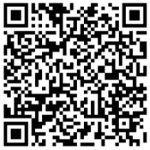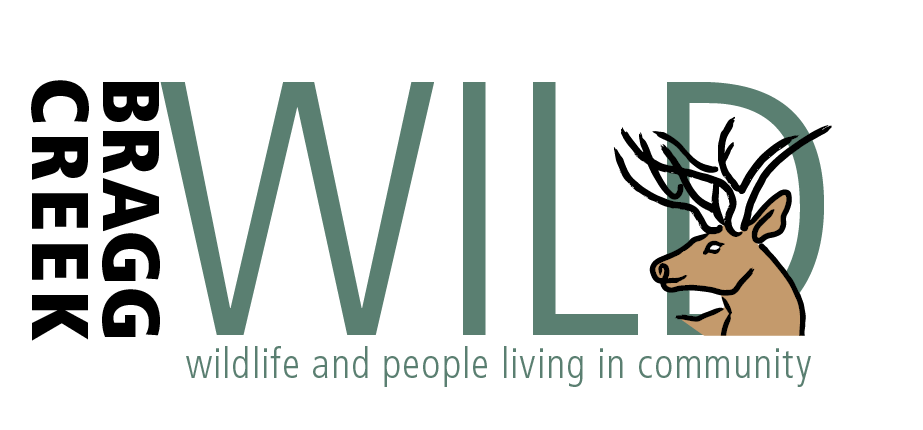It’s that time of year again
Fall is here, after a fantastically warm and beautiful few weeks, and around now the deer are getting busy working on the next generation! Have you seen some “Rutting Season” signs around recently? Yes, it’s that time of year again, when the white-tail deer and then – a bit later – the mule deer go into rut. The shorter days trigger this “photo- period”. The bucks now have muscular thick necks and fully developed antlers, ready to spar and fight for the opportunity to mate with a doe in oestrus. They’ll lose their antlers later in the winter after the rut, when their testosterone levels drop significantly. Often we see a single doe along the road at this time, and that could mean that there are several bucks in pursuit. Bucks may chase off fawns, too, which means they could be confused without their mum.
For males it’s a time when every ounce of focus is on successfully fighting for dominance and chasing potential mates. In fact, they often lose a lot of body weight as a result of this singular focus – fasting and fighting make them vulnerable. That means their attention isn’t on the dangers of the roads running through their territory. For us around Bragg Creek and Redwood Meadows this means being alert on all local roads. Deer may be drawn to roadways by salt on roads and vegetation in ditches, or they may be in mid-chase, as they steer a doe to a secluded place to mate.
November’s the most dangerous month in Alberta for wildlife-vehicle collisions (WVCs), with approximately 80% of those involving deer. On average the number of WVCs is more than double that of any other month in the year, according to the AMA. Costs in insurance payouts can be huge for vehicle damage, and there are often personal injuries as well. The highest numbers occur around the time the clocks change (Nov 6th this year).
As always, play it safe when driving in deer country. Be particularly aware at dawn and dusk – the danger factor increases overwhelmingly at these times of day. Look out for movement in the shadows in day time, too, and look out for spots of light (eyes) at night.
- Don’t speed – especially on slick roads it’s hard to slow down or stop quickly enough if a deer appears on the road ahead of you.
- Use high beams when possible – while still respecting other drivers.
- Keep your eyes on the roadside as well as the road ahead. Deer may be browsing in the ditch. They may also not be alone.
- If you encounter a deer on the road, brake gently. Don’t swerve – you don’t want a collision with oncoming traffic.
- If a deer is standing in the middle of the road, don’t use your horn or lights – instead, you could steer very slowly towards the animal’s rear end and that may encourage it to continue in the direction it was headed. Or you could wait.
Let’s keep ourselves and our neighbours (human and otherwise) safe this fall. If you see an injured deer (or other wildlife) you can report it to AIWC: 403 946 2361.
 We’re very grateful to everyone who’s helped us with our wildlife tracking. If you see wildlife around, please continue reporting it on our observation form by using this QR code. All information you provide is confidential.
We’re very grateful to everyone who’s helped us with our wildlife tracking. If you see wildlife around, please continue reporting it on our observation form by using this QR code. All information you provide is confidential.




























